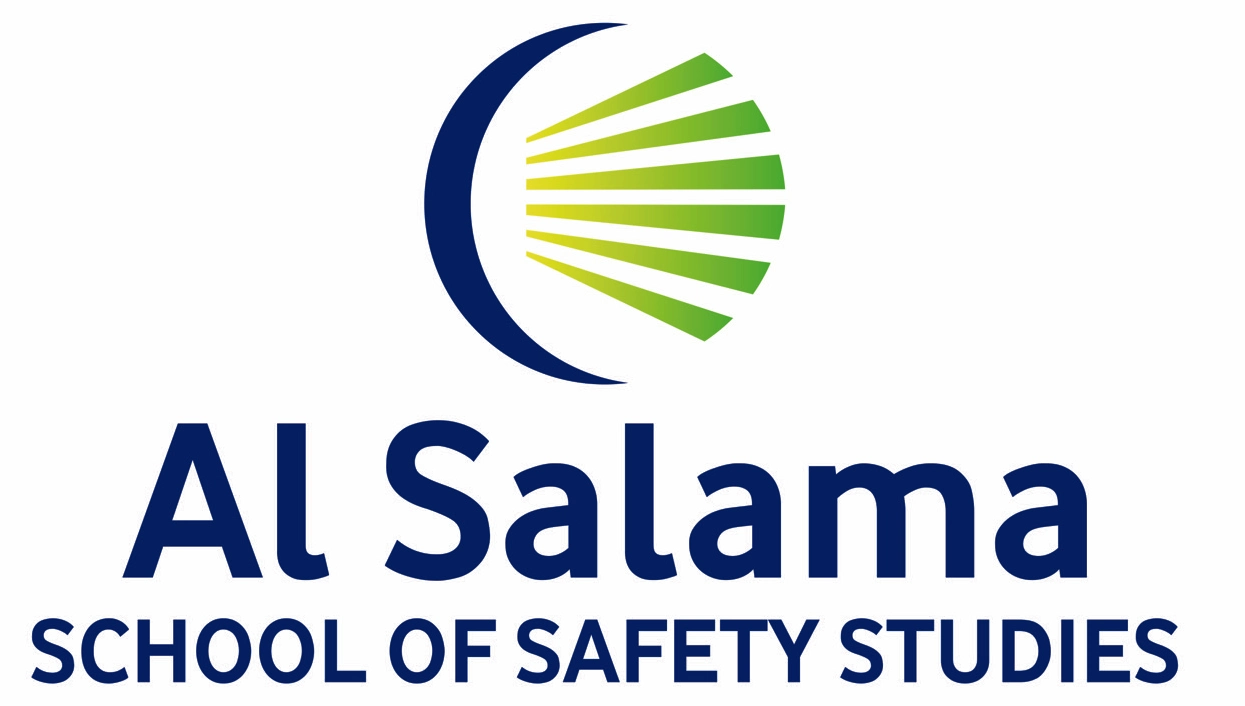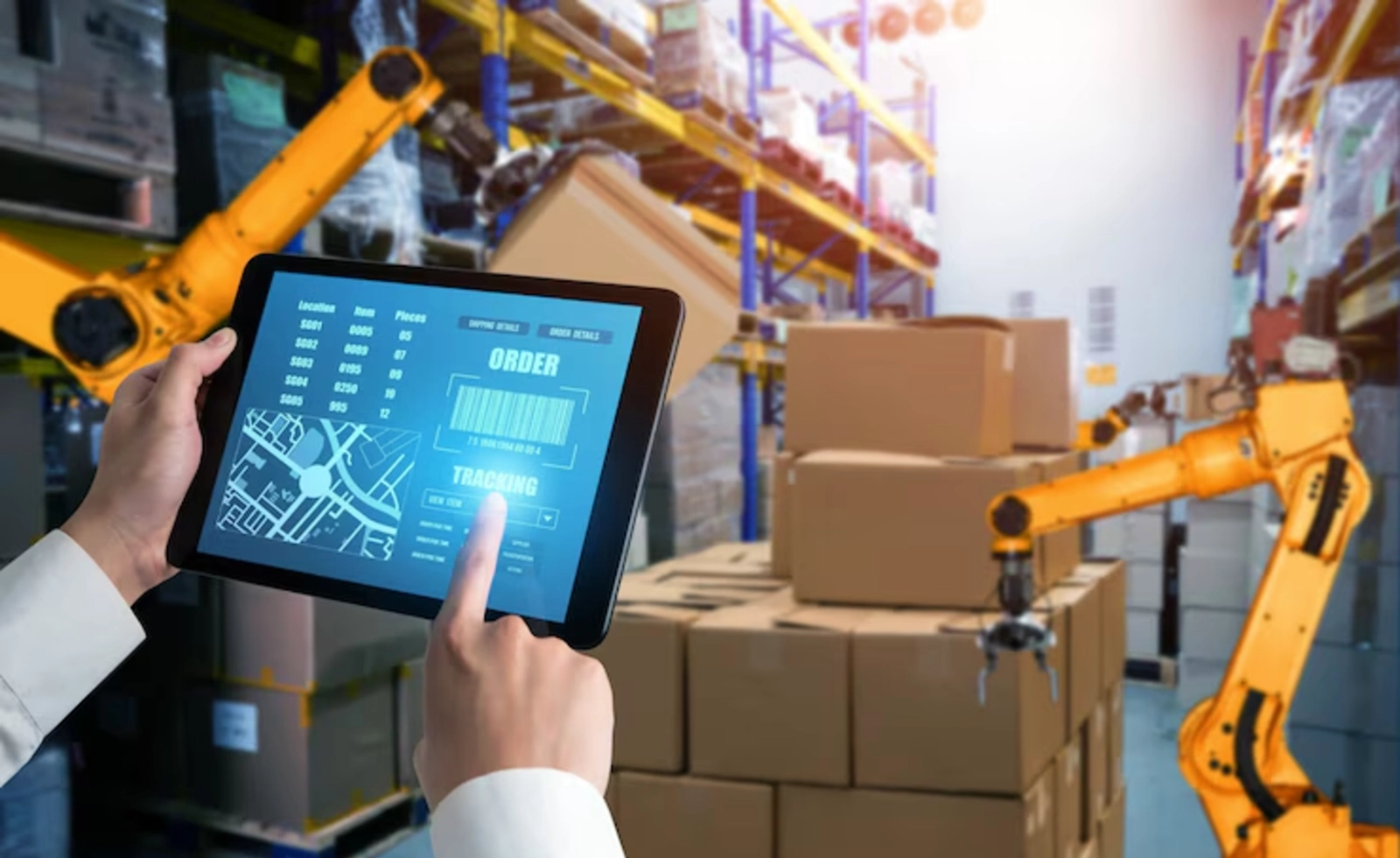Why Every Manager Needs Safety Training
Why Every Manager Needs Safety Training In today’s rapidly evolving work environments, safety training for managers is no longer a secondary consideration—it’s a critical component of organizational success. Whether you operate in construction, manufacturing, logistics, healthcare, or corporate services, the importance of safety training for managers cannot be overstated. This comprehensive guide explains why every manager needs safety training, the benefits of workplace safety training, and how it contributes to compliance, productivity, and employee well-being. Let’s explore the key reasons and strategies to make your management team safety champions. What is Safety Training for Managers? Safety training for managers involves equipping leaders with the knowledge and skills to identify risks, implement preventive measures, respond to emergencies, and ensure compliance with occupational health and safety standards. Managers are responsible not only for delivering business goals but also for safeguarding the health and safety of their teams. Through tailored training programs, they gain the ability to: Understand workplace safety regulations Conduct risk assessments and hazard identification Implement and enforce safety policies and procedures Lead effective safety meetings and communication Investigate accidents and take corrective actions Top Reasons Why Every Manager Must Have Safety Training 1. Legal Compliance and Regulatory Adherence One of the most significant reasons for manager safety training is to meet occupational health and safety regulations. Organizations must comply with OSHA standards (or similar bodies globally), and managers are directly responsible for ensuring teams follow these laws. Non-compliance can lead to: Heavy penalties and fines Work stoppages Reputation damage Employee lawsuits Training ensures managers stay updated with evolving legal requirements, reducing the risk of costly violations. 2. Risk Identification and Accident Prevention Managers who receive safety training are better at spotting workplace hazards, unsafe actions, and problems in how tasks are done. By taking steps early to fix these issues, they can help prevent accidents, injuries, and even deaths. This is especially important in high-risk industries like construction, warehousing, and manufacturing, where even small mistakes can lead to serious consequences. 3. Creating a Strong Safety Culture A strong safety culture begins with leadership. When managers set the example by following safety rules, their teams are more likely to do the same. Trained managers can lead safety meetings, recognize and reward safe behavior, and involve employees in improving safety practices. This helps build a safety-focused workplace where morale is higher, responsibility is shared, and careless mistakes are less likely to happen. 4. Enhanced Productivity and Operational Efficiency Workplace accidents result in: Lost workdays Increased absenteeism Damaged equipment Project delays Safety training helps managers streamline workflows, ensure machinery is used correctly, and create standard operating procedures (SOPs) that reduce errors and inefficiencies. Fewer disruptions mean better productivity and output. 5. Reducing Insurance Premiums and Compensation Claims Reducing workplace incidents helps lower workers’ compensation claims, legal costs, and insurance premiums. When companies invest in safety training for managers, insurance providers often offer better rates as a reward for reduced risk. This makes safety training a smart, cost-effective investment that saves money over time. 6. Protecting Company Reputation and Employee Trust Companies with poor safety practices often find it hard to attract skilled workers, keep their employees, or secure new contracts and partnerships. On the other hand, managers who are trained in safety help build a safe and trustworthy workplace. This strengthens the company’s reputation, builds employee trust, and shows that the organization truly cares about the well-being of its people. Essential Components of Managerial Safety Training Hazard Recognition and Risk Assessment Emergency Preparedness and Crisis Management Regulatory Compliance and Documentation Incident Investigation and Root Cause Analysis Leadership and Communication in Safety Recommended Safety Training Courses for Managers To build a well-rounded and effective safety leadership team, consider these internationally recognized and respected courses: NEBOSH International General Certificate (IGC): Comprehensive safety and health knowledge ideal for managers worldwide. IOSH Managing Safely: Practical safety management skills for supervisors and managers across industries. OSHA 30-Hour General Industry or Construction: In-depth training on OSHA standards and safety procedures. ISO Lead Auditor: Advanced course focused on auditing occupational health and safety management systems. These courses provide managers with the credentials, skills, and confidence to lead safety initiatives and ensure compliance in their workplaces. Modern platform Use to Elevate Safety Training: Online Learning Platforms (LMS): Access on-demand training modules anytime, with built-in progress tracking for efficient learning. Virtual Reality (VR): Experience realistic, immersive hazard simulations that prepare learners for real-world scenarios. Mobile Applications: Conduct on-site inspections, use digital checklists, and report hazards in real-time, right from your phone. These innovative tools make safety education at Al Salama School more accessible, consistent, and interactive, perfectly aligning with the demanding schedules of professionals and managers alike. Conclusion Every manager is a safety leader, whether in the field or the boardroom. By investing in managerial safety training, you are securing your company’s future, legal compliance, brand reputation, and workforce well-being. Training managers in safety isn’t an expense, it’s a strategic investment that drives performance, loyalty, and long-term growth.






